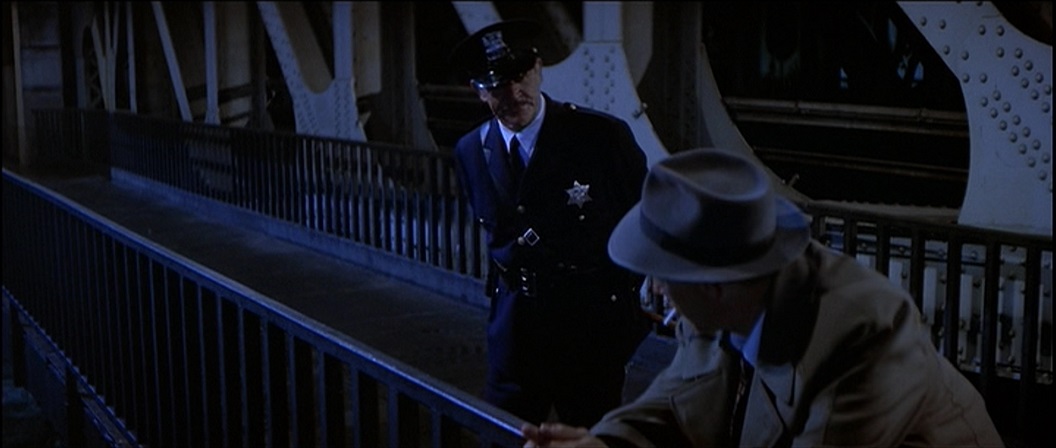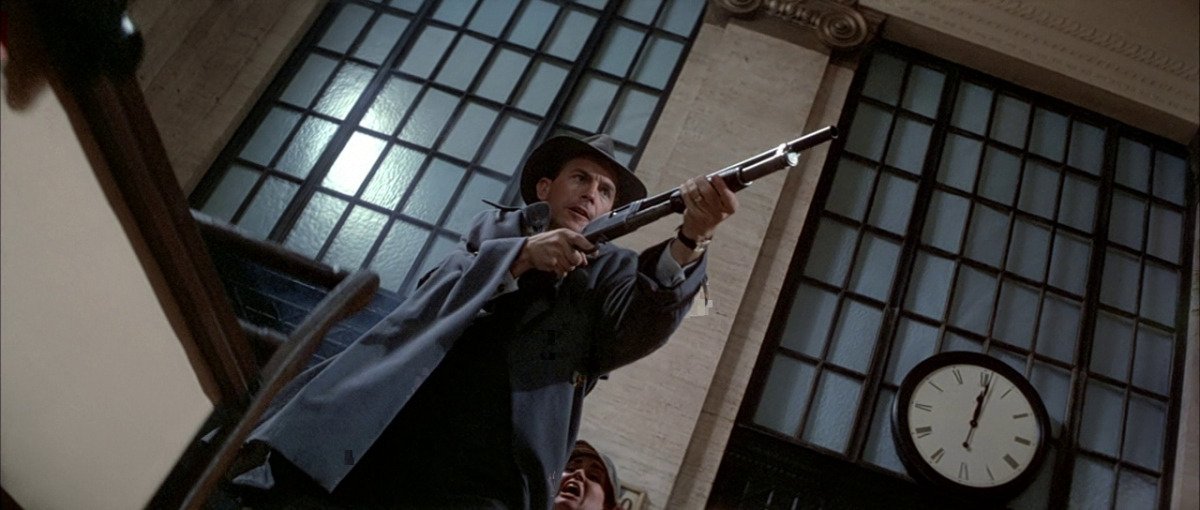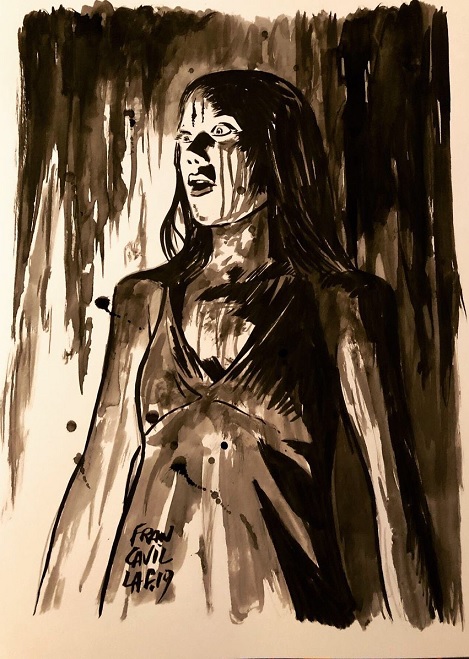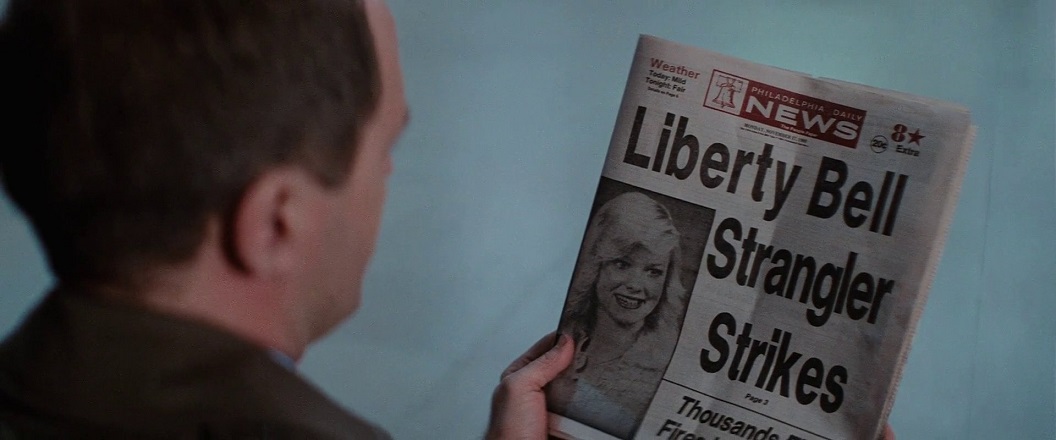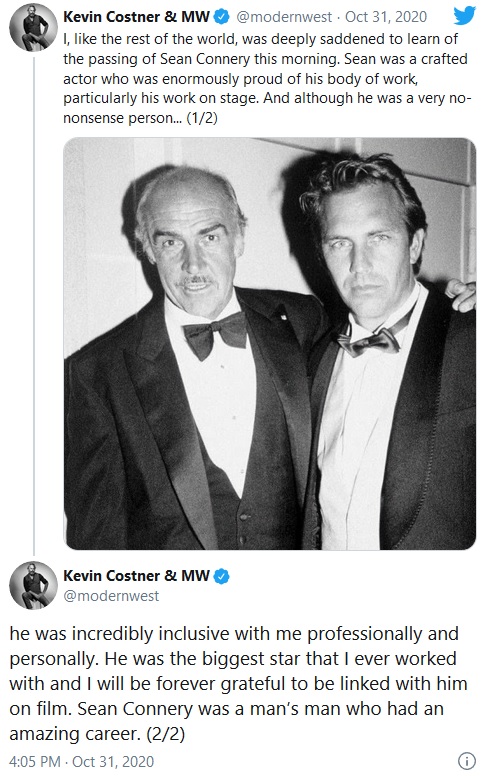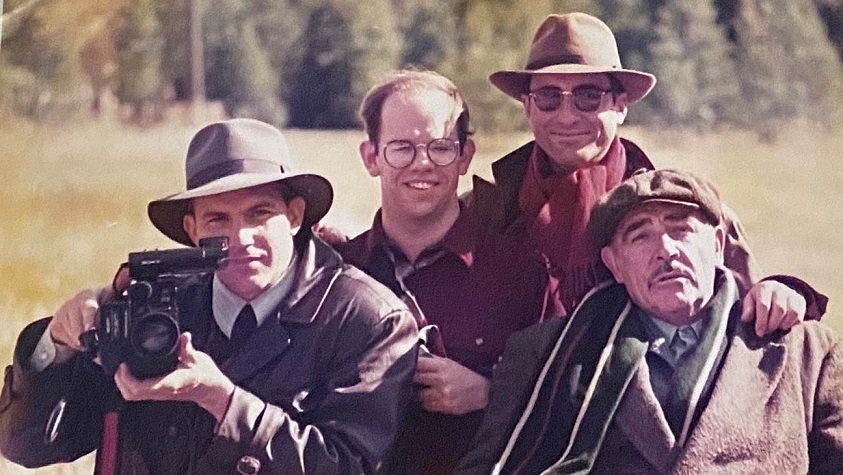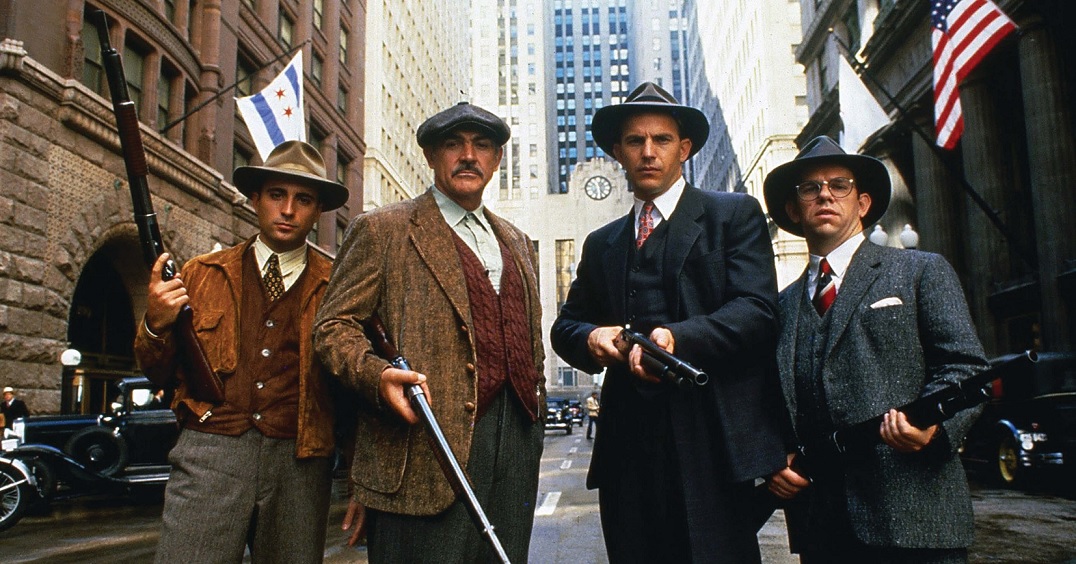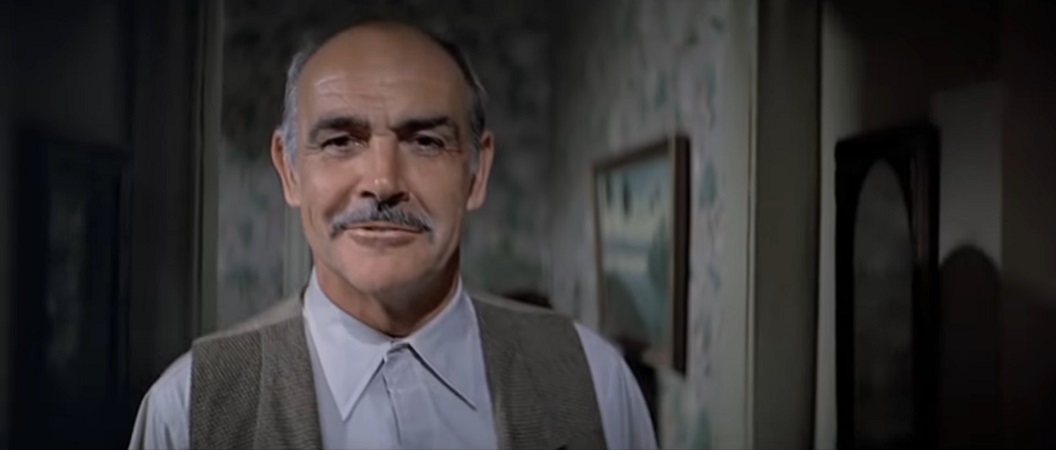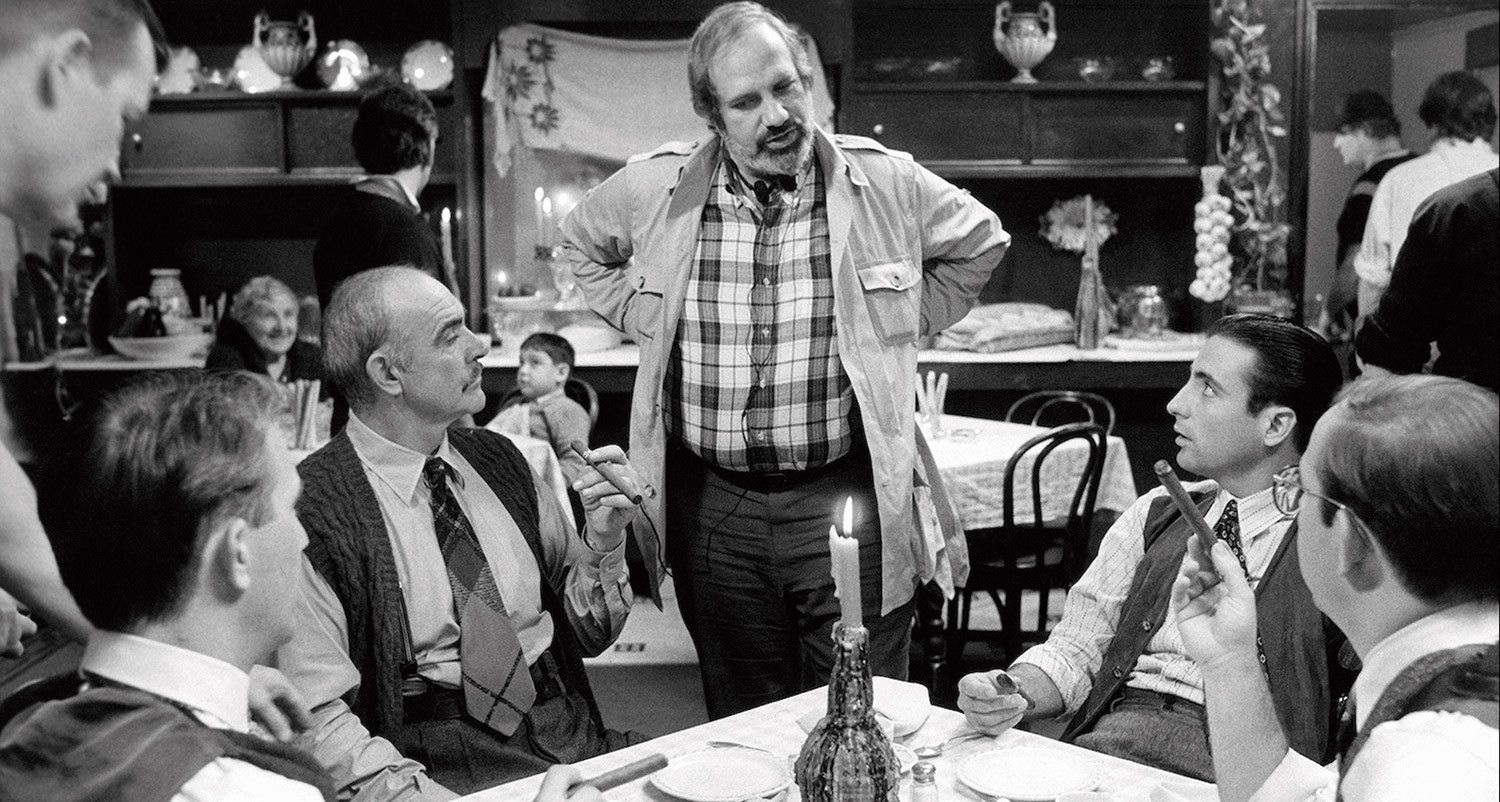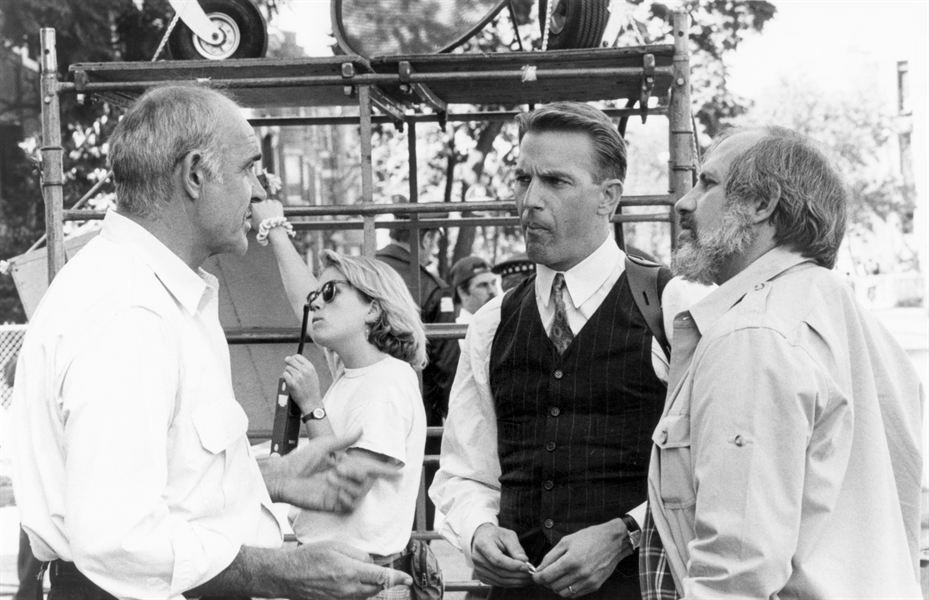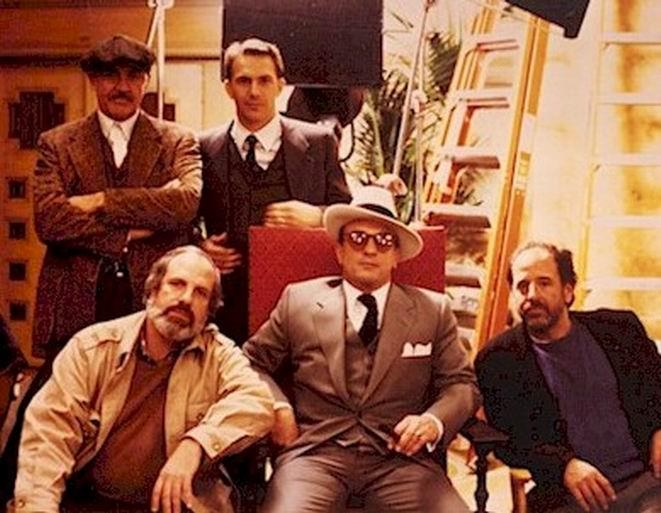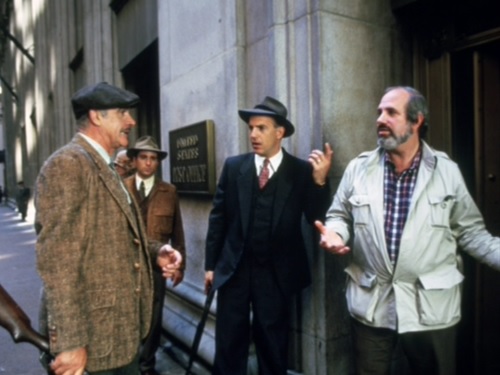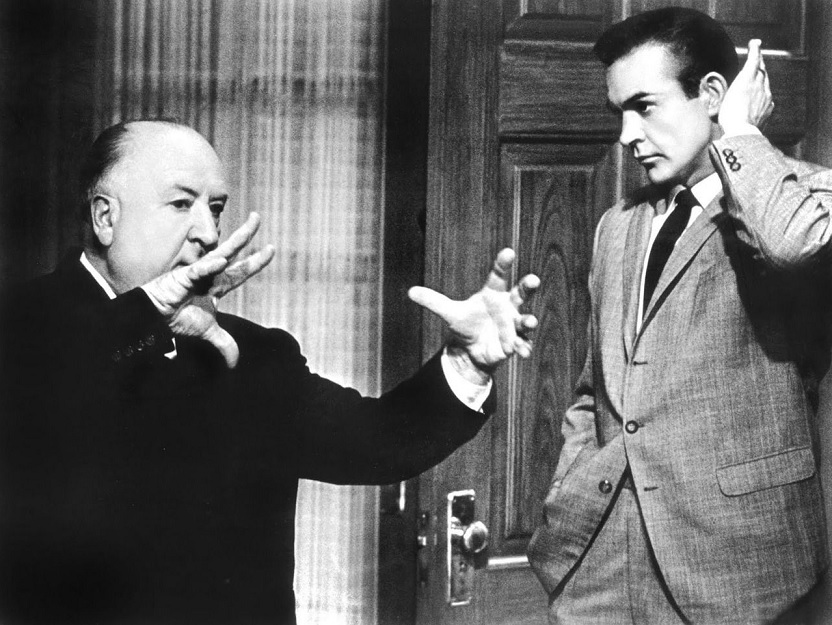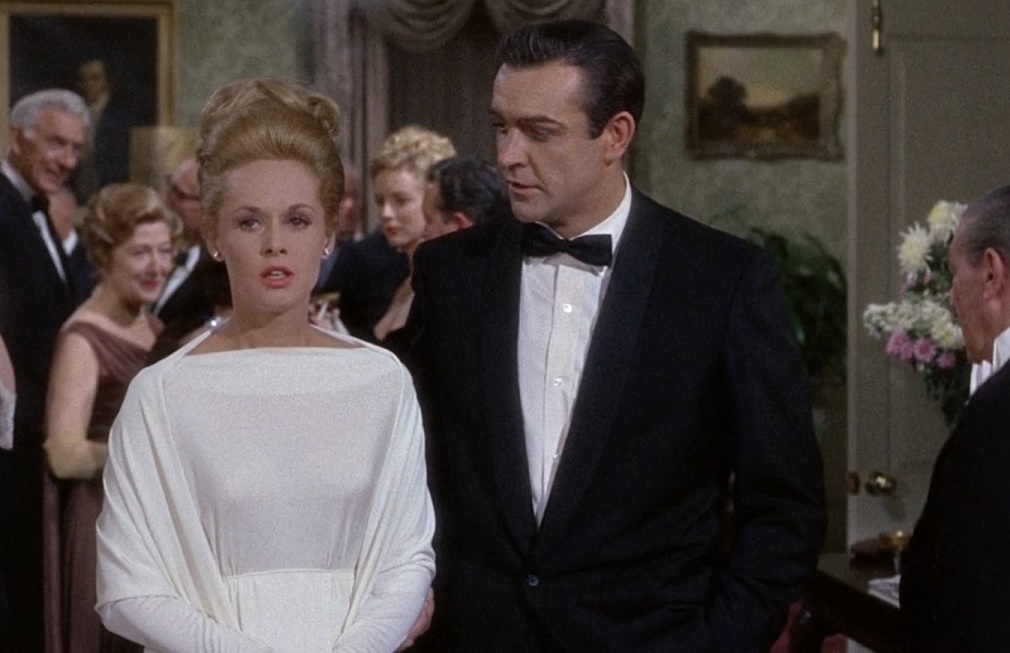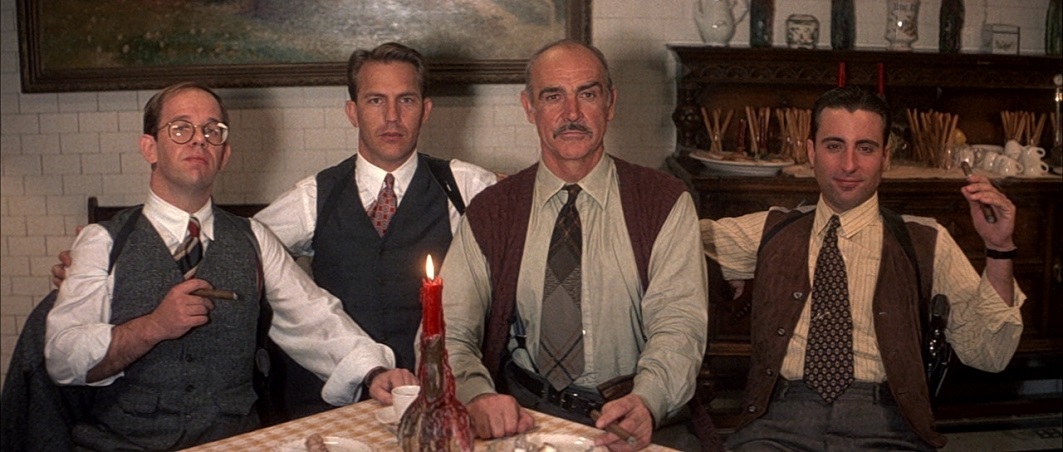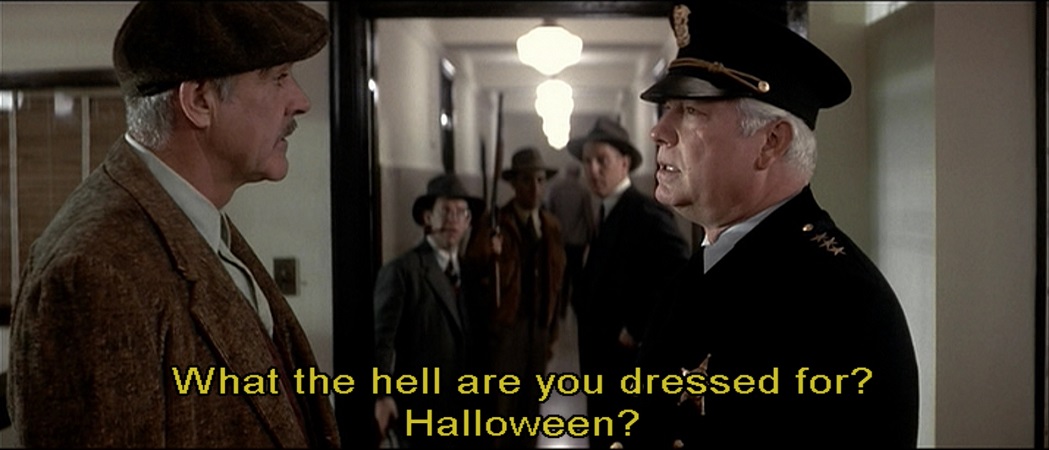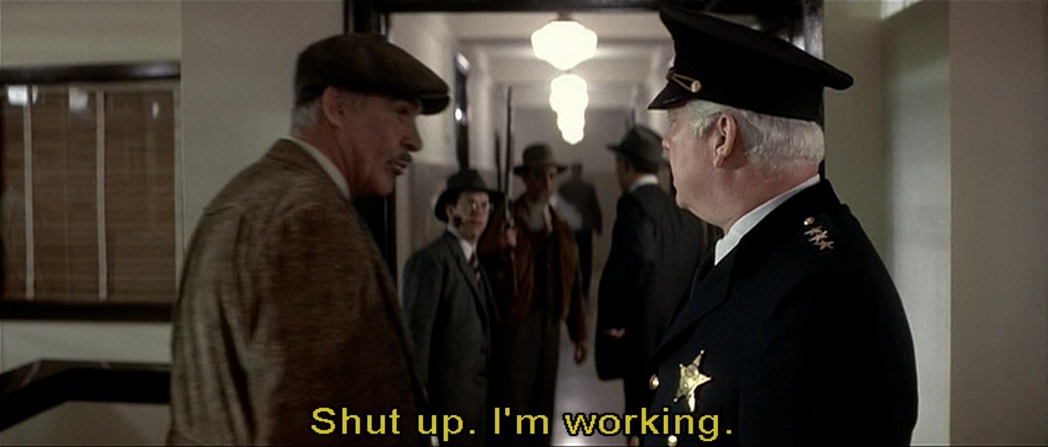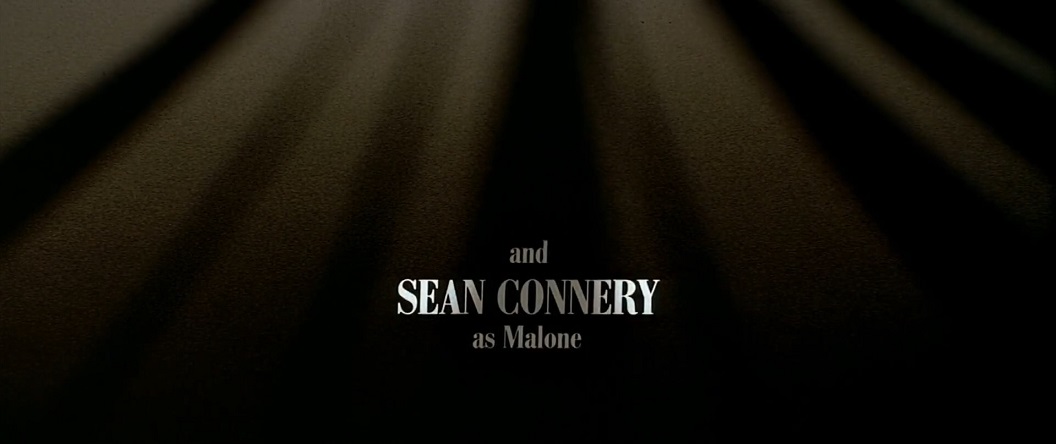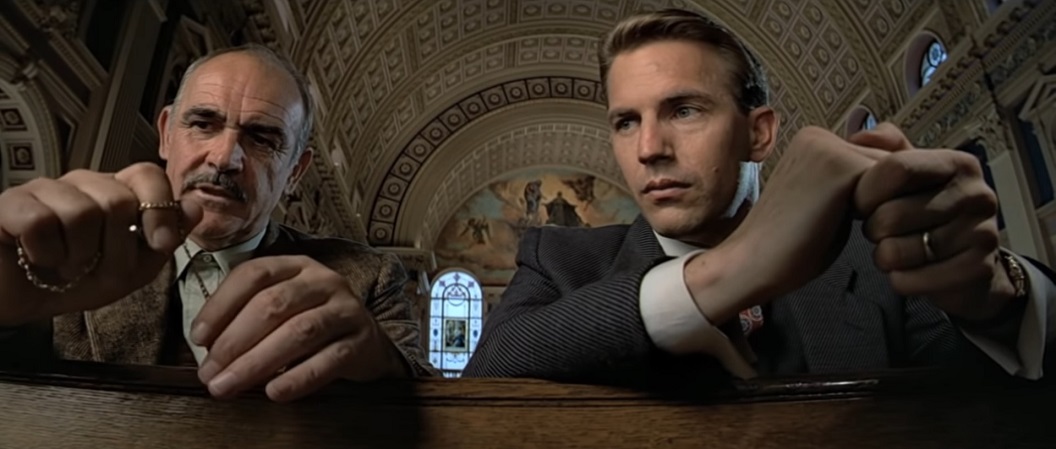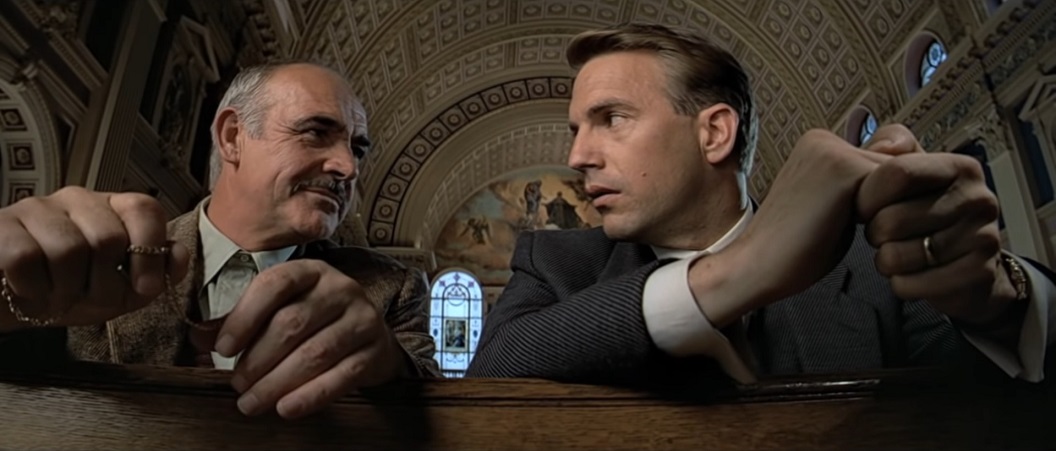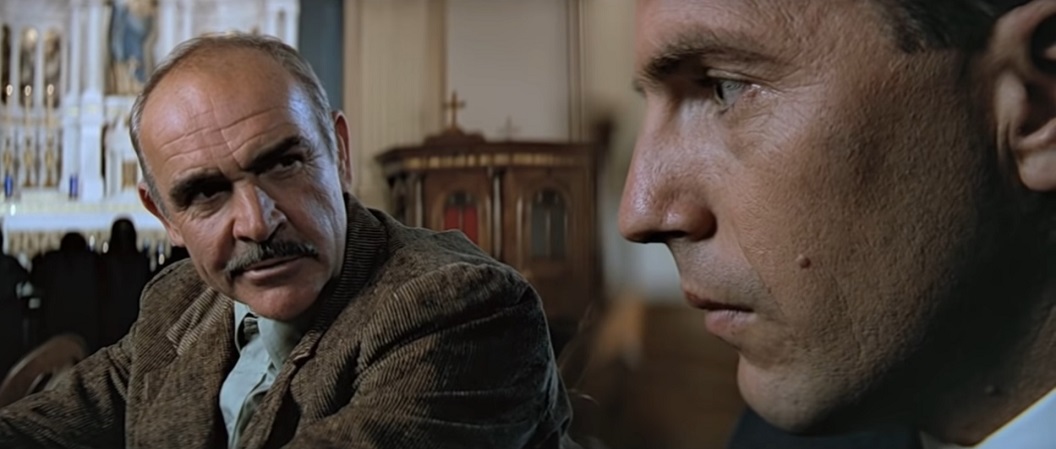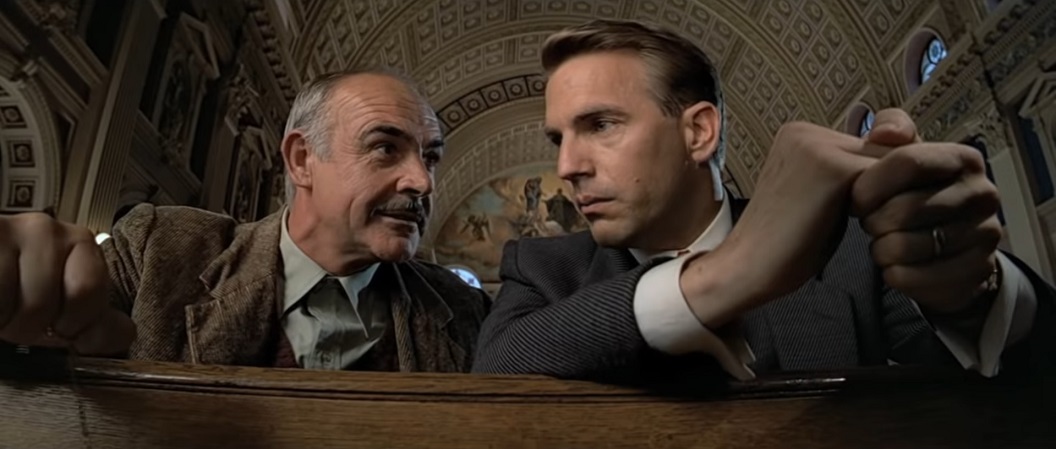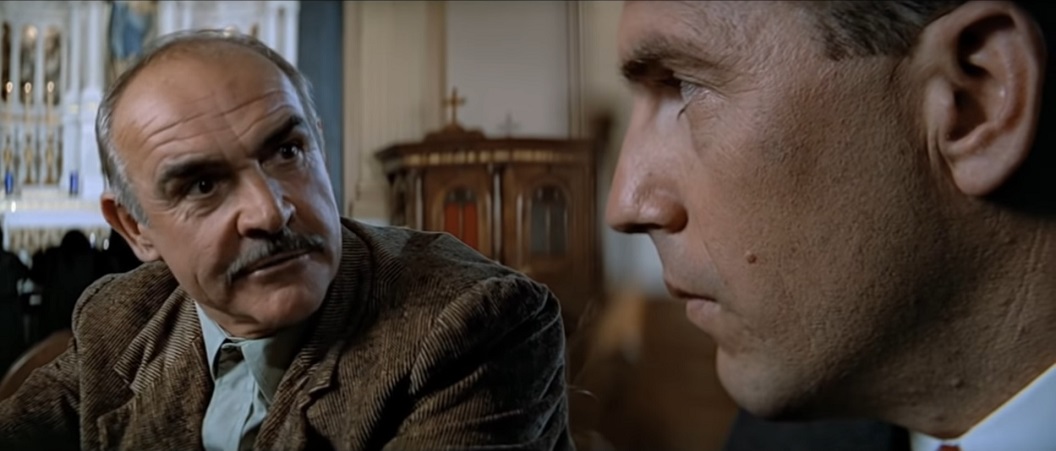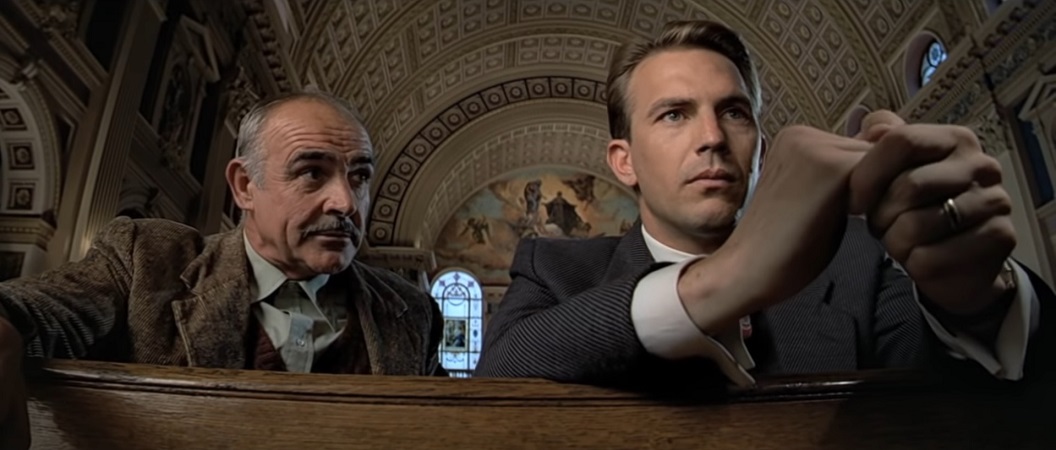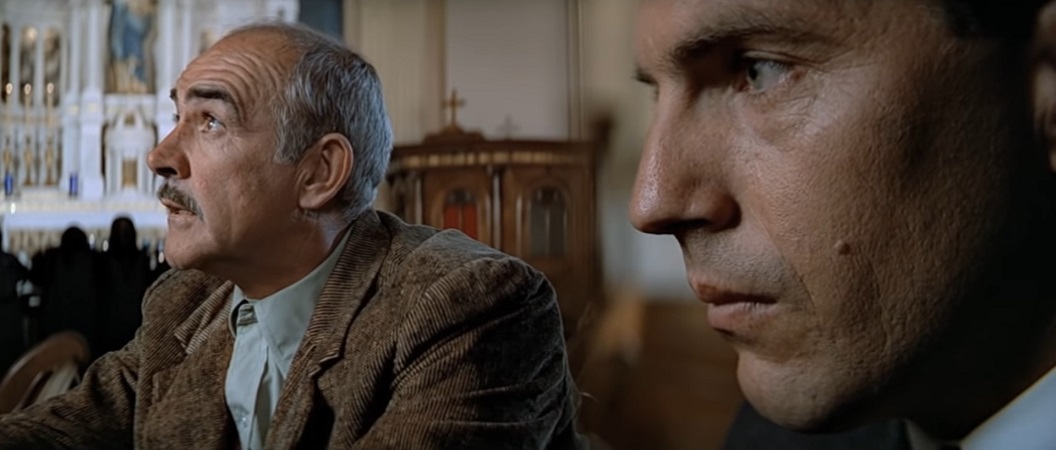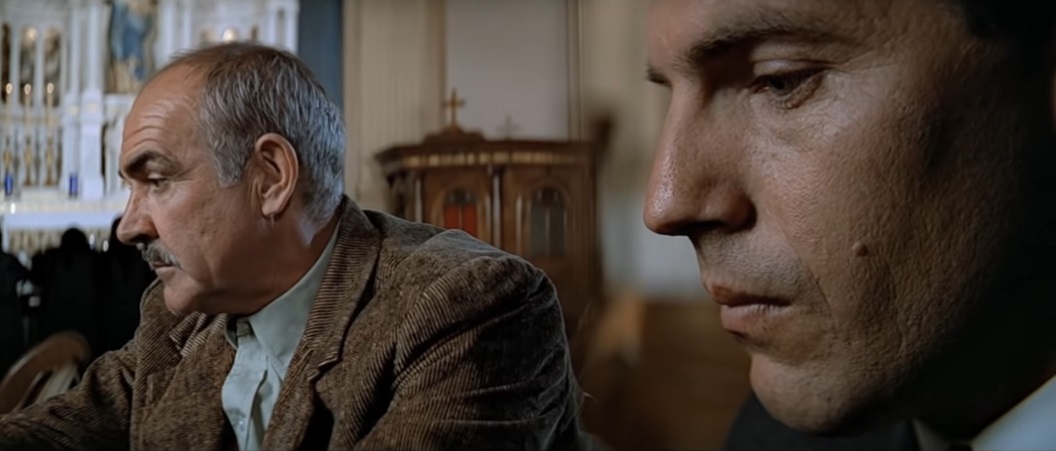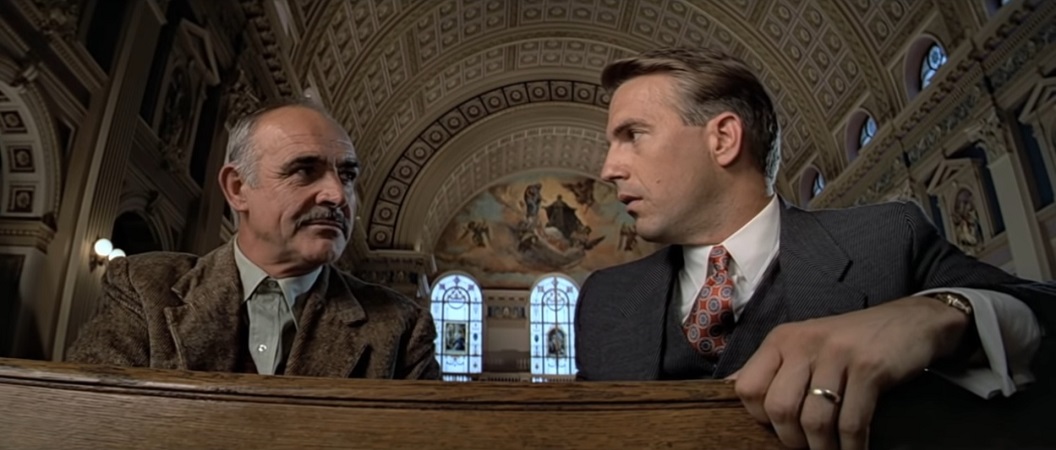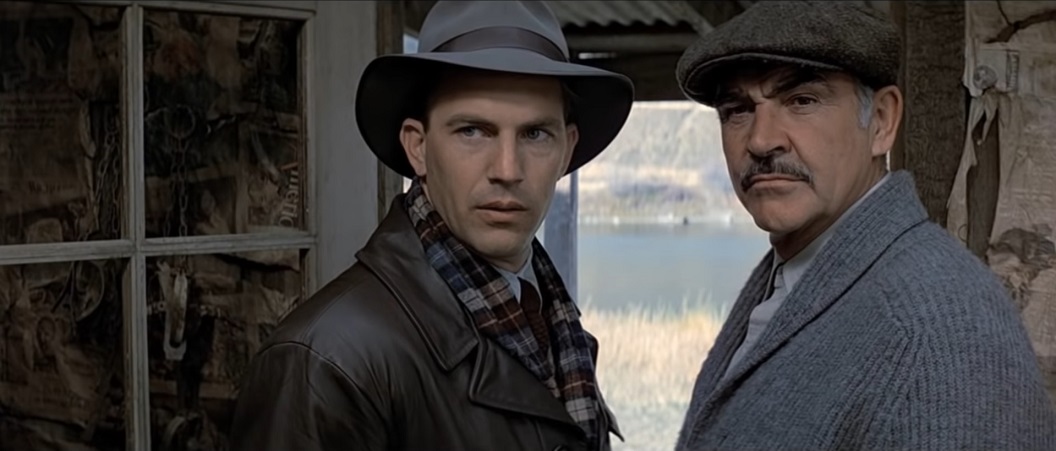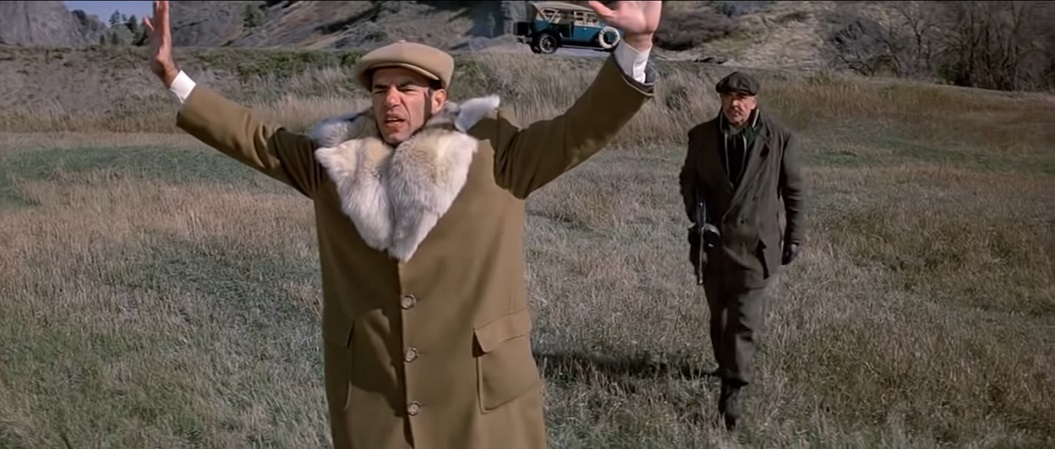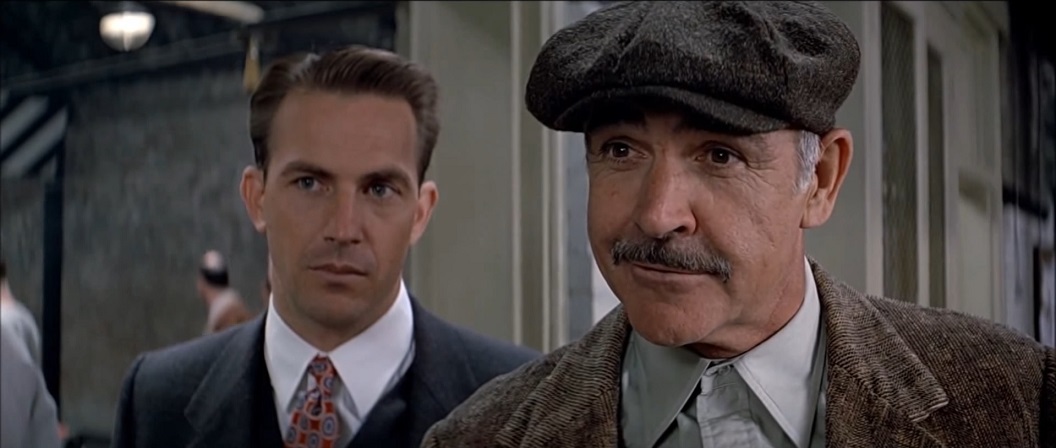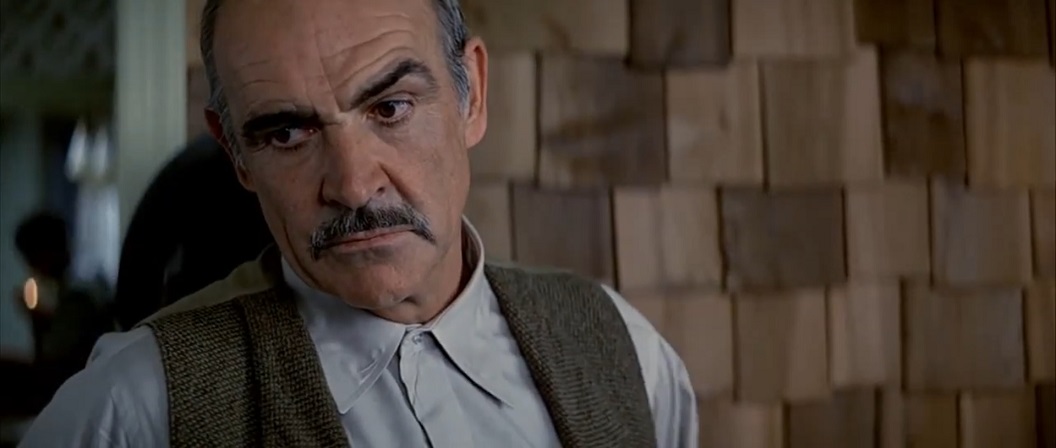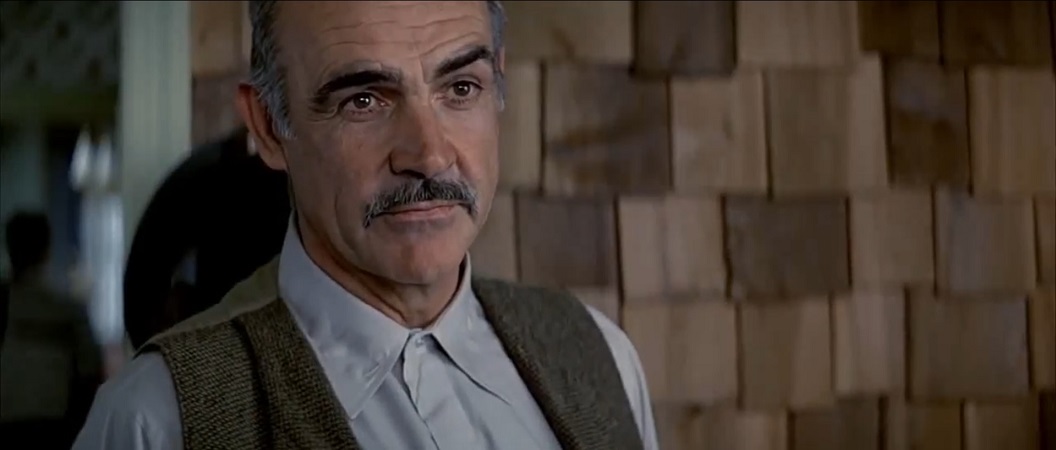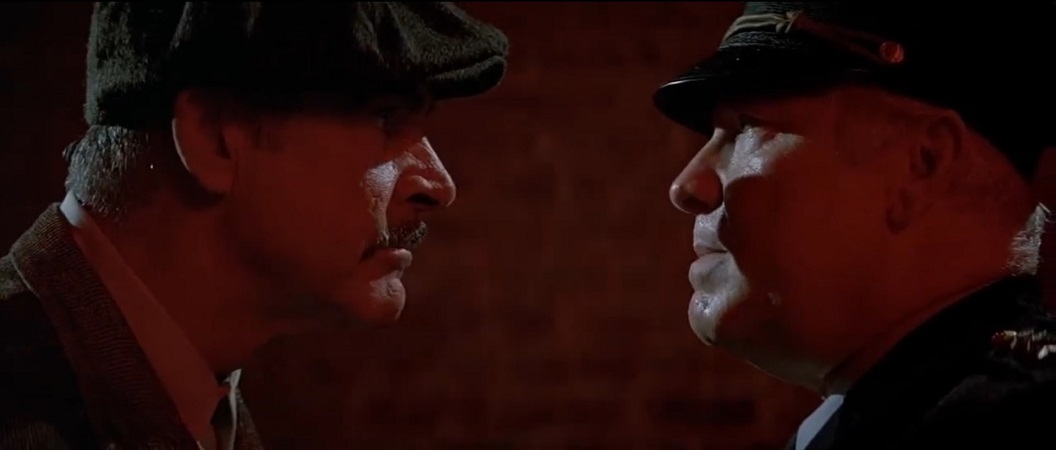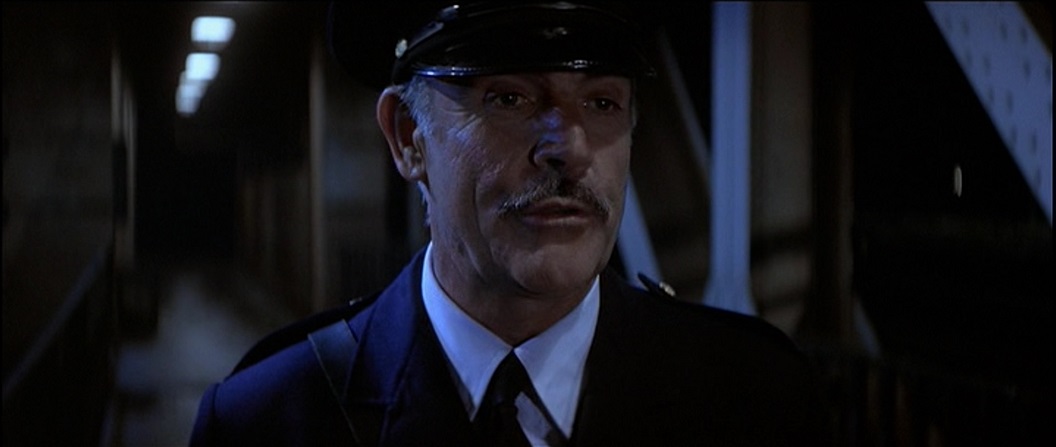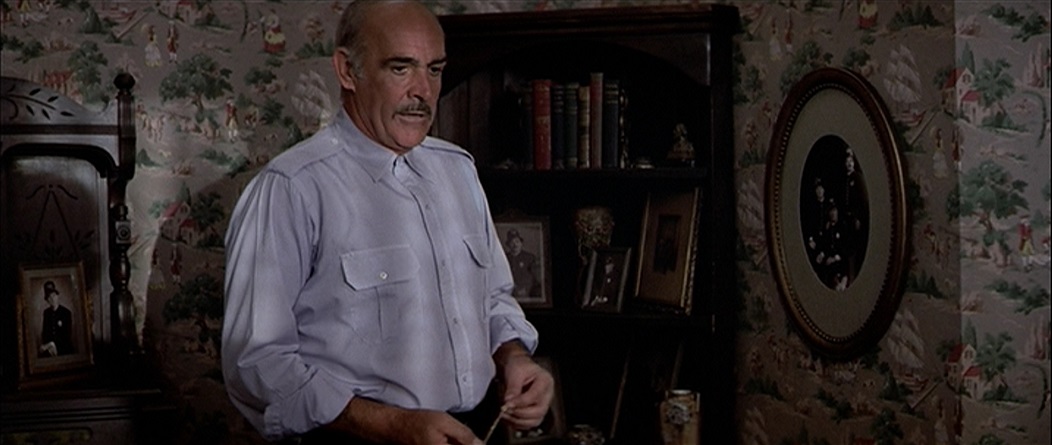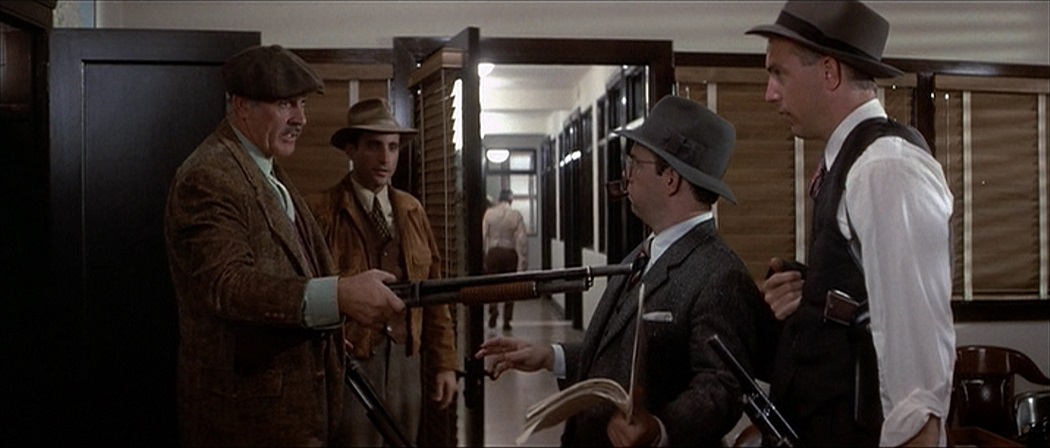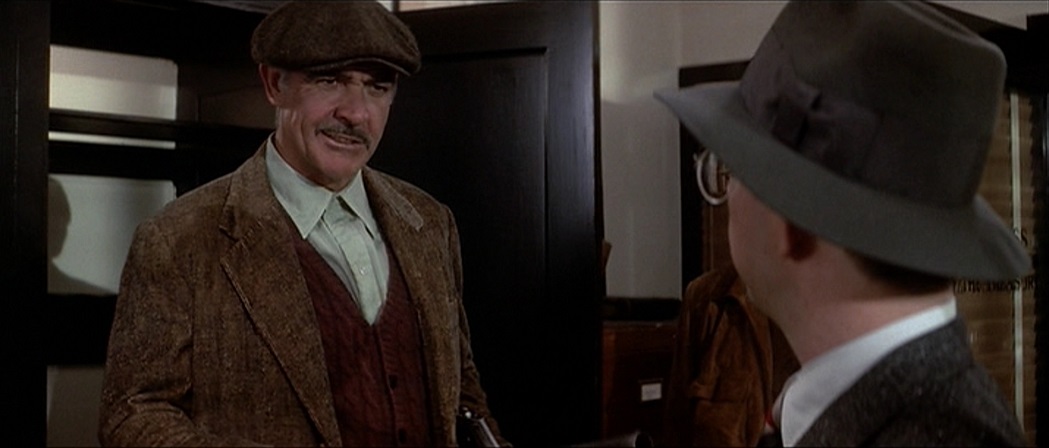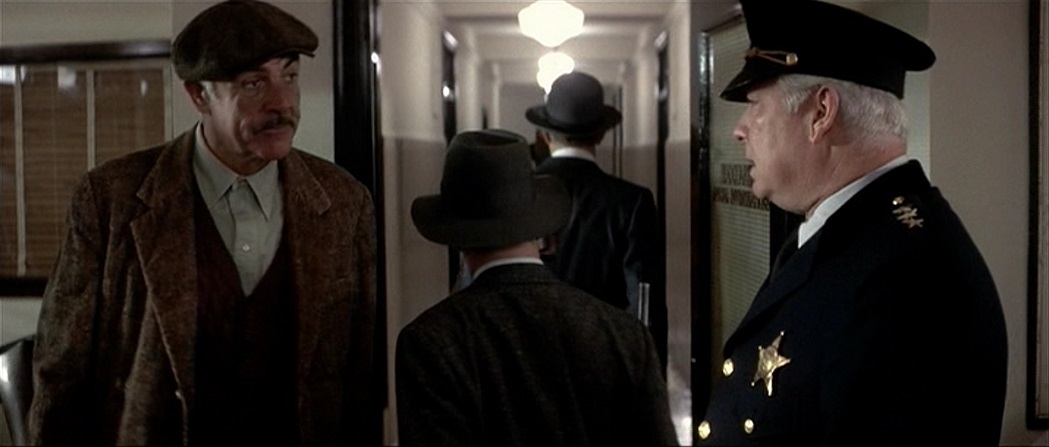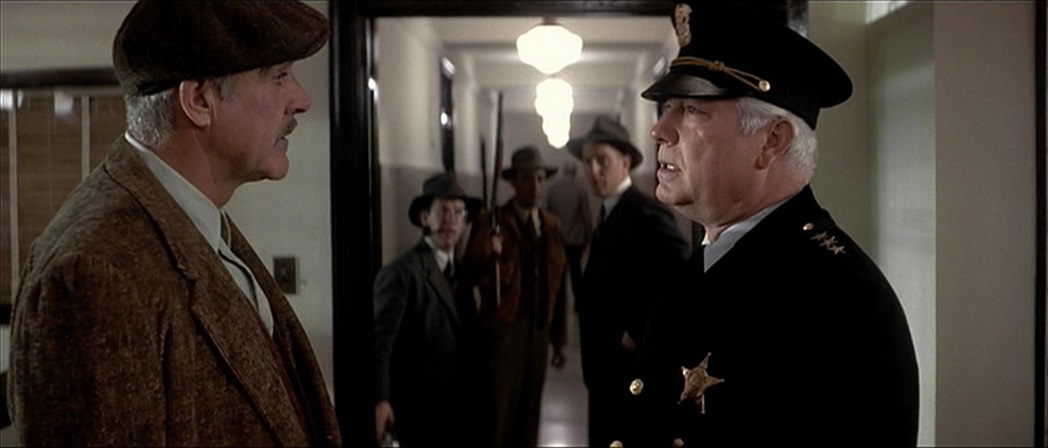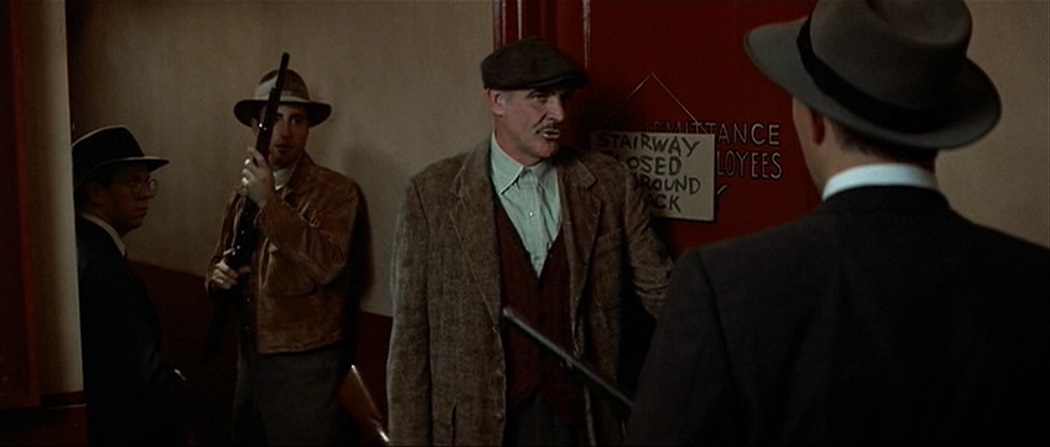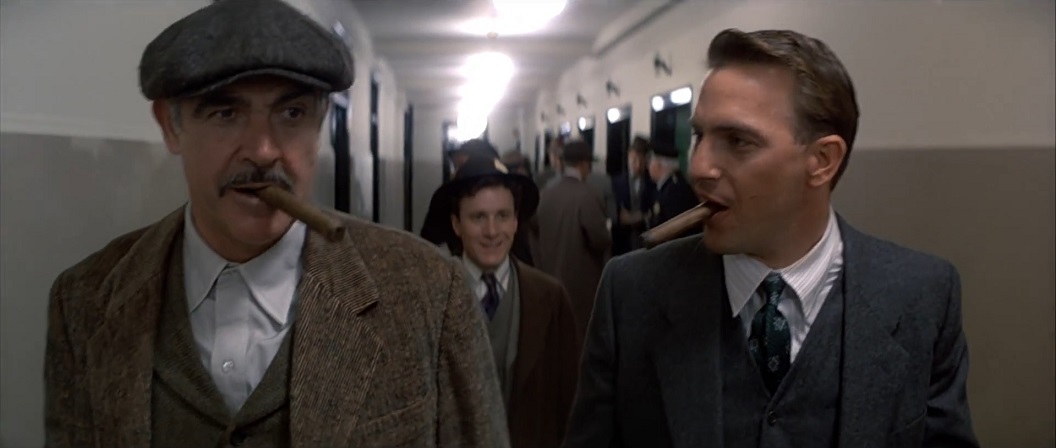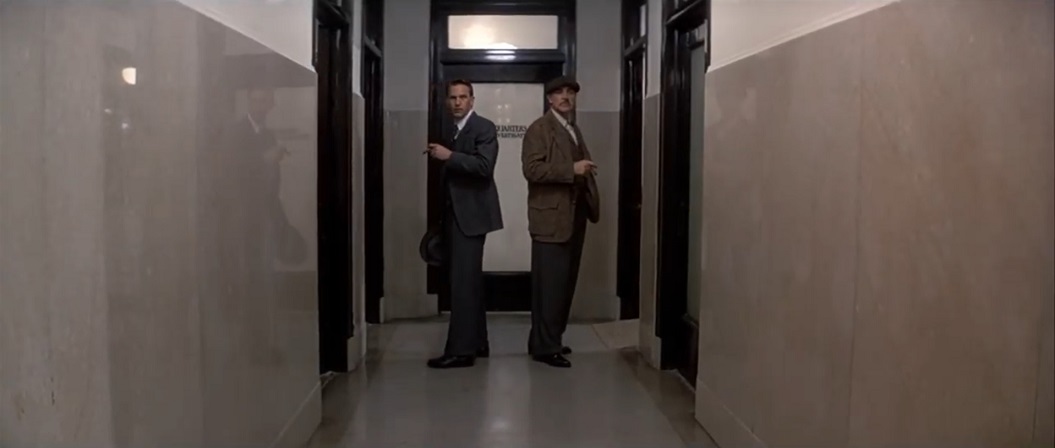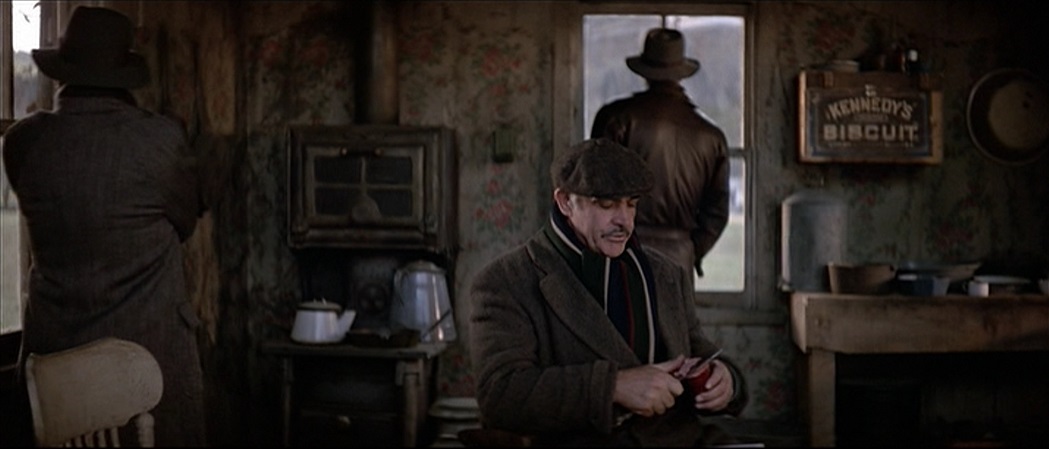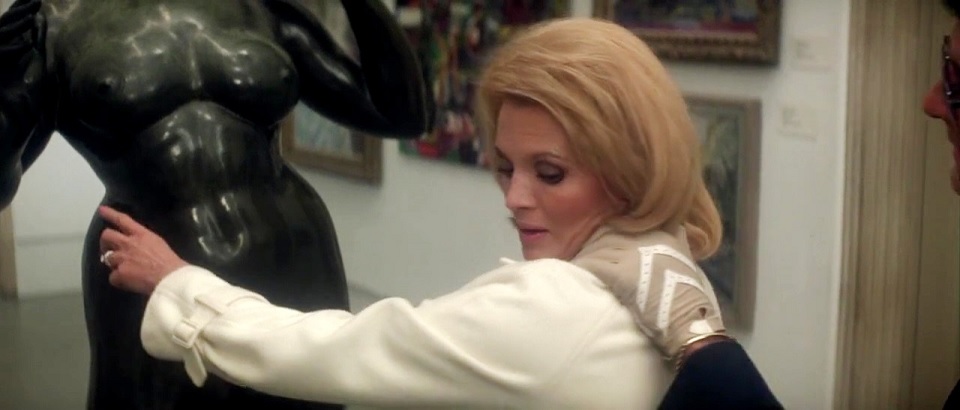CREATED IN 1967 BY ARTIST, FAMOUS FOR DESIGNING TITLE FOR 'PSYCHO' IN 1959
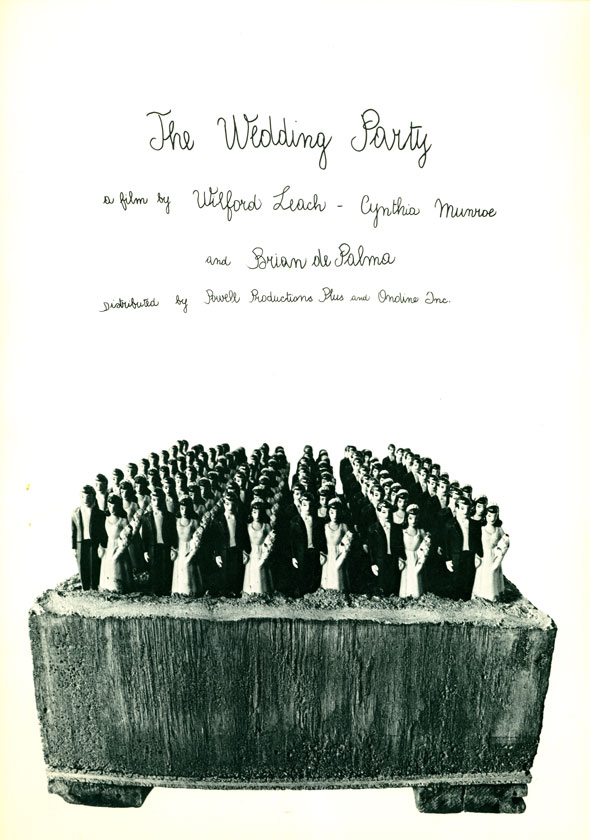
I recently came across this poster for The Wedding Party. I never knew this poster existed before. It was created by Tony Palladino, with lettering by his wife, Angela Palladino. Tony Palladino created the sculpture depicted in the poster in 1967, and further research suggests that the film, which itself carries a copyright date of 1966, was indeed screened around that time at The Gate Theatre in New York (which was opened in 1966 by Aldo and Elsa Tambellini). It turns out that the sculpture itself was shot in close-up for the film's trailer. Aldo Tambellini, who passed away last week, had, on his website (aldotambellini.com) described the film's premiere at his theater:
At The Gate, we premiered Brian De Palma’s first full length feature The Wedding Party, that he made while studying at Sarah Lawrence College. I remember De Palma’s 16mm film being shown in the theatre while he personally was projecting his trailer with an 8 mm projector on the glass of the front door of The Gate.
I found the Palladino poster at the web archive page of New York City's School of Visual Arts, which features a brief description, with images of the sculpture:
The poster’s not-quite-perfect cursive handwriting reads like a wedding invitation gone slightly awry. The wonderfully perverse image demonstrates Palladino’s mastery in bringing mundane found objects into service as sculpture. He created the cement base himself and arranged the bride and groom cake toppers mass wedding-style; a detail view of the sculpture reveals the couples are already sinking. Till death do they part!
Even better photos of the sculpture were posted on Instagram last year by the Palladinos' daughter, Sabrina Palladino, who provided two titles for the sculpture, as well as a link to Peter Powell, who not only served as the cinematographer of The Wedding Party, but also distributed the film via Powell Productions. Here is what Sabrina wrote in the Instagram post:
Sculpture 2- “Stuck” or “Here Come the Bride”- 1967-the figures used on top of wedding cakes stuck into cement was made for the poster for Brian dePalma’s, The Wedding Party”, distributed by family friend and “adopted” brother Peter Powell. Not sure if it was used. By the way, this was years before the Sun Myung Moon mass “blessings” Moonies wedding ceremony.
In a comment on Sabriina's Instagram post, Gus Powell provided more details:
“Stuck” was used for the poster for dePalma’s film “The Wedding Party” w hand lettering by your mom! It was also shot in CU for the trailer for the film. It was that piece and that first collaboration that was the first meeting between PP & TP.

By the time he created the sculpture and poster for The Wedding Party, Tony Palladino had already been famous for his graphic design of the title for Robert Bloch's Psycho -- which then also became the title design for the poster art and marketing of Alfred Hitchcock's film adaptation. An obit by Michael Silverberg at Quartz provides a brief summary:
The title encapsulated the schismatic violence of Alfred Hitchcock’s film with a remarkably simple gesture: Palladino tore up the type, ransom-note style.“That title was so descriptive, I let the title become the graphic,” Palladino recalled in the book Alfred Hitchcock and the Making of Psycho. “It was much stronger than any illustration one could do. The guy was quite cracked up, so, in the graphic, I cracked up the lettering to reinforce the title.”
Originally designed for the jacket of Robert Bloch’s 1959 novel of the same name, Palladino’s title was acquired by Alfred Hitchcock for $5,000. “He thought it would be perfect for the ads for this film,” Palladino said. “He wanted the lettering to dominate the newspaper and poster advertising, with just a few photographs of the main actors.” The broken letters were the template for Saul Bass’s influential title sequence and became just as evocative of the film as the famous shot of Janet Leigh’s eye.
This image of the original book jacket is from the blog It's Only a Movie.
Updated: Thursday, November 19, 2020 7:22 AM CST
Post Comment | Permalink | Share This Post








